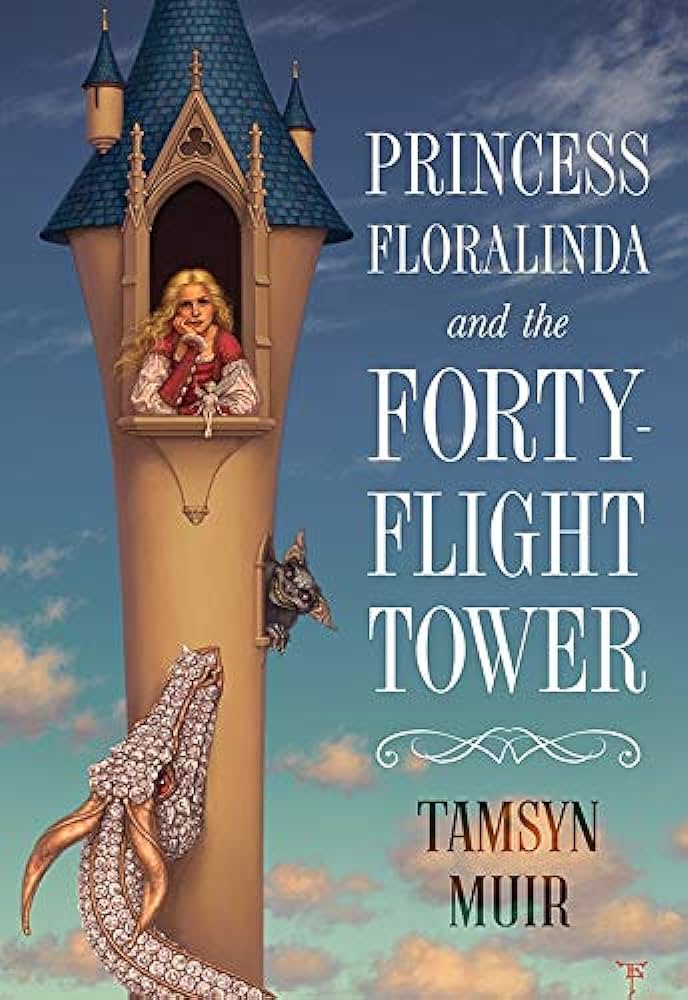Amazon Affiliate Link When I first picked up the fantasy novella Princess Floralinda and the Forty-Flight Tower by Tamsyn Muir in 2020, I knew that I’d be coming back to it for more. Because I’m more of a science fiction person, I wasn’t sure what to expect when I bought it; I knew I likedRead More
Marthese reviews Not Your Average Love Spell by Barbara Ann Wright
“Camille reminded herself that they had a lot of indoctrination to undo” Not Your Average Love Spell is a not-so-average book that I discovered thanks to Netgalley, for which I am grateful. From the start, this book was one adventure after another, yet it didn’t feel rushed and was well-paced. Not Your Average Love SpellRead More
Danika reviews Of Ice and Shadows by Audrey Coulthurst
Has it really been three years since I fell in love with Of Fire and Stars? I never had a chance against a high fantasy YA about two princesses falling for each other. I was eager to pick up the sequel, and it definitely did not disappoint. In fact, I think this second book has a strongerRead More
Marthese reviews The Second Mango by Shira Glassman
She also picked up a mango, and then, after thinking about it for a moment, bought a second as well. The Second Mango is the first in the Mangoverse high-fantasy series. It felt so good to read fantasy again! Especially a book that I have been meaning to read for a while and now that theRead More

